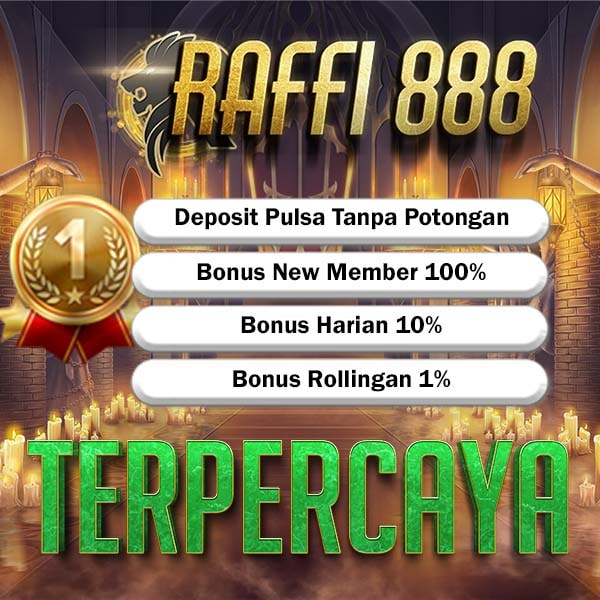
Raffi 888 🈷️ Raffi888 Link Alternatif Resmi Pakai Dana 20Rb
Raffi 888 🈷️ Dengan deposit dana 20rb bonus 100% pilihan game gacor bo reel kingdom terpercaya maxwin di situs Raffi888. Pilihan game terbaik dan banyak mempunyai keunggulan dengan deposit via dana 20rb pada daftar sangat menguntungkan di link alternatif resmi.